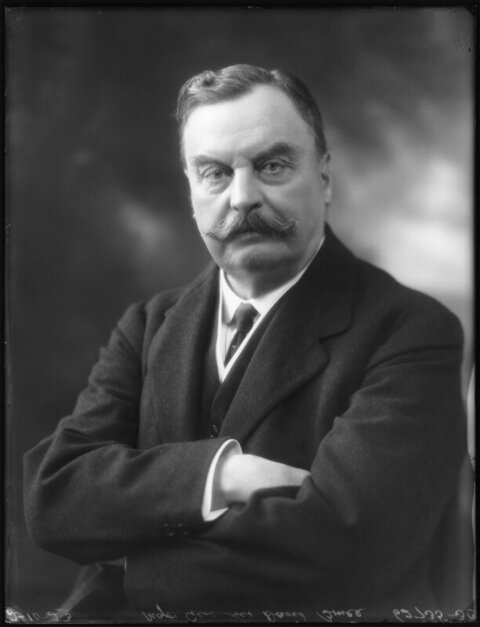David Bruce

David Bruce was born in Melbourne, Australia, but grew up in Britain and joined the British army’s medical service. In 1894, Bruce was sent to Natal to investigate an outbreak of nagana in northern Zululand.
David Bruce gave a vivid description of nagana:
"The horse stares, he has a watery discharge from his eyes and nose. Shortly afterwards a slight swelling of the belly and puffiness of the sheath may be noticed, and the animal falls off in condition. The hind extremities also tend to become swollen; and these various swellings fluctuate, one day being less marked, or having disappeared. During this time the animal is becoming more and more emaciated, he looks dull and hangs his head, his coat becoming harsh and thin in places; the mucous membranes of the eyes and gums are pale, and probably slight cloudiness of the cornea is observable. In severe stages, a horse presents a miserable appearance. He is a mere scarecrow, covered by rough hair, which falls off in places. His hind extremities and sheath may be more or less swollen, sometimes to a great extent, and he may become blind. At last he falls to the ground and dies of exhaustion. During his illness he has shown no symptoms of pain, and up to the last days has had a good appetite."
Bruce undertook bacteriological and microscopic examinations of affected oxen and noticed motile, vibrating organisms in their blood. He demonstrated formally that these organisms caused nagana by inoculating blood from infected cattle into healthy horses and dogs. The test animals developed the symptoms of nagana and large numbers of trypanosomes could be seen in their blood.
Bruce went on to show that healthy cattle and dogs sent into tsetse-infested areas acquired this same blood parasite in their blood and became ill, suggesting that nagana was identical to the ‘tsetse fly disease’. A survey of the wild animals in the tsetse-infested area showed that the trypanosomes were in these animals too, leading Bruce to suggest that the disease could be controlled by destroying the wild hosts (Bruce, 1896).
While the link between tsetse and trypanosomiasis was elucidated rapidly, Bruce thought initially that the parasite was transmitted mechanically by tsetse. The existence of a developmental cycle within the fly followed after a further 15 years of research (Bruce et al., 1909).